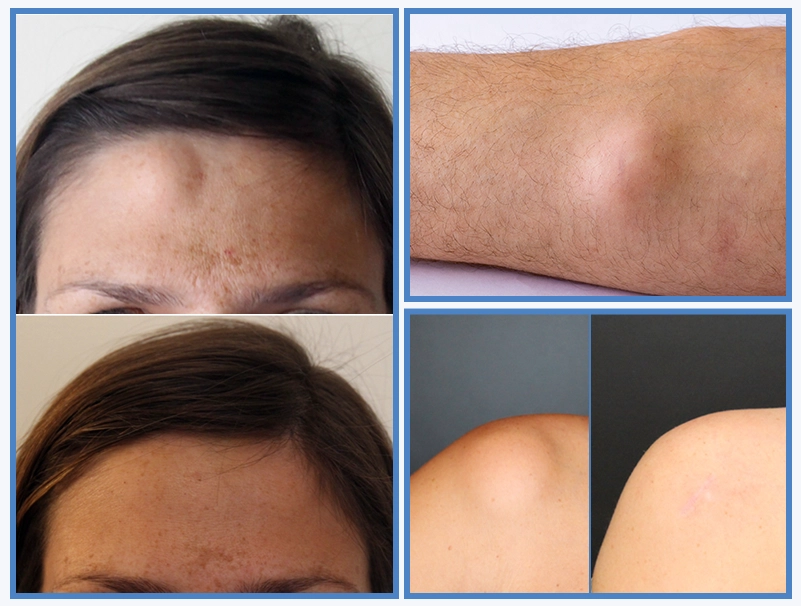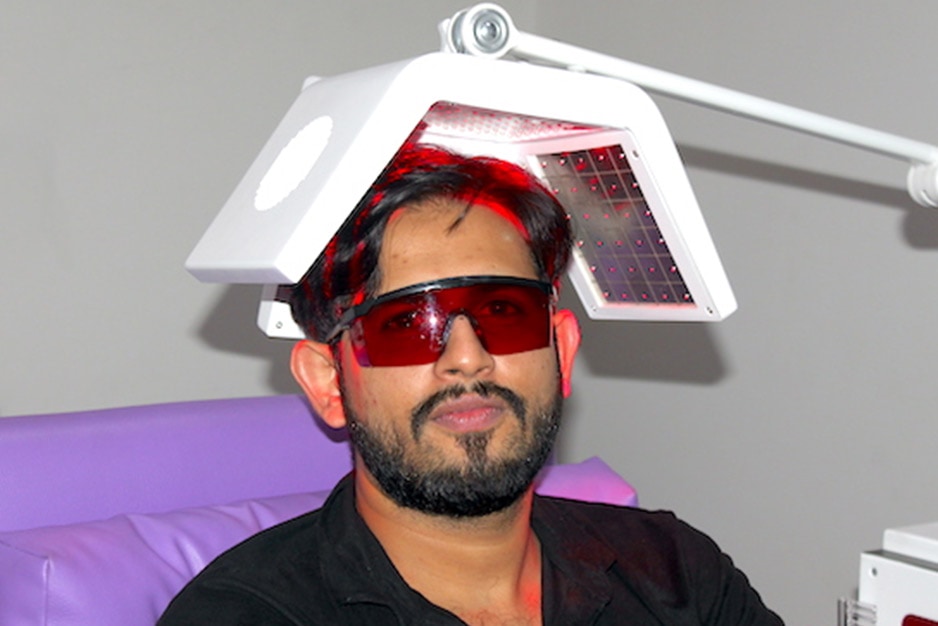Lipoma removal
Remove lipoma completely in single session
Change to a better version of your skin.
A Lipoma is a lump of fat tissues that lie underneath the skin. It is a benign tumour most lipomas do not need treatment. But they may cause pain.
Lipoma can occur anywhere on the body including the shoulder, chest, trunk, thighs and armpits. They usually grow 2-4 centimetres, Some of them can grow up to 10 cm.
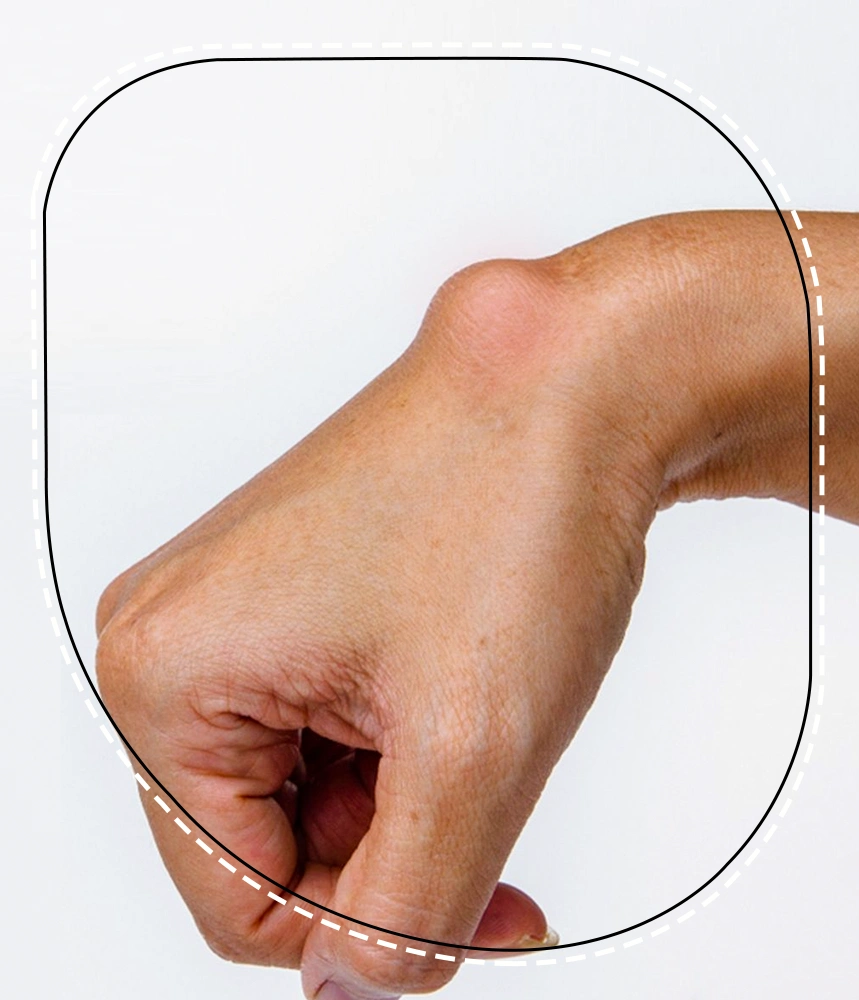


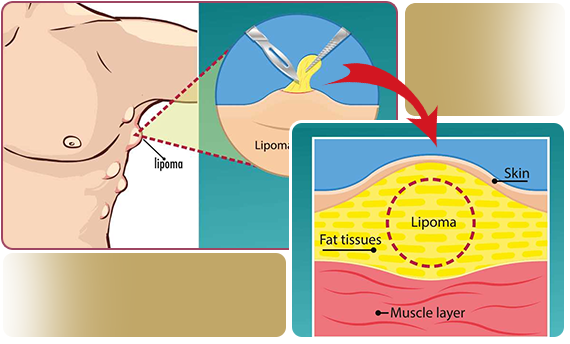
How is lipoma removal procedure done?
The only treatment to remove lipoma completely in a single session is surgical excision.
First local anesthesia is injected around the lesion. After numbing the area your doctor will make a small incision in the skin and then squeeze out the fat (lipoma) and will suture the incision precisely with fine medical-grade thread.
Best Only From Dr Sajjas
How is the recovery after lipoma surgery ?
Recovery period for the lipoma surgery is about 5-7 days.
What are the
Risk involved in lipoma surgery?
LIPOMA surgery is a safe medical procedure with temporary risks like
- Pain
- Infection
- Skin sensitivity
- Swelling and mild Bruising which may reduce over 5-6 days



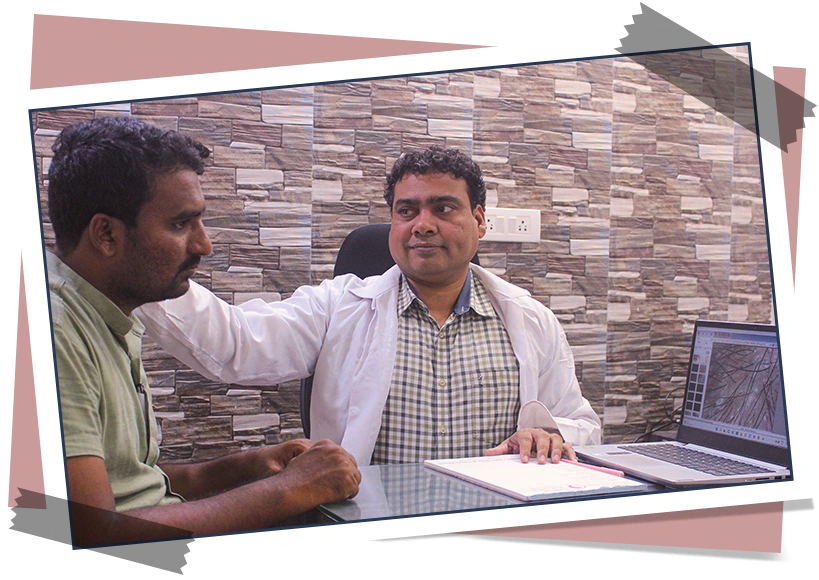
Why choose Dr. Sajja’s for Lipoma removal?
DR. SAJJA’S skin and laser clinic have introduced this revolutionary innovative technique in this region and the treatment is alone by the most experienced and qualified therapists. Get the best Lipoma removal treatment in Tirupati only from Dr.Sajjas.
Suggested Procedures
What Patients Say..

Our Blog
Read our blog to learn more about the most recent medical and cosmetic procedures from Dermatologists Dr. Prakash Sajja and his medical team.
Unmasking the Truth Behind Enlarged Pores
What Causes Enlarged Pores? Enlarged pores are a common skin concern. They...
Read MoreHow Yoga Transform Your Skin?
Understanding the Connection Between Yoga and Skin Health Yoga is not...
Read MoreHow Blood Donation helps in Hair Growth?
Donating blood is a selfless act that saves lives. However, many...
Read MoreBrands we use




